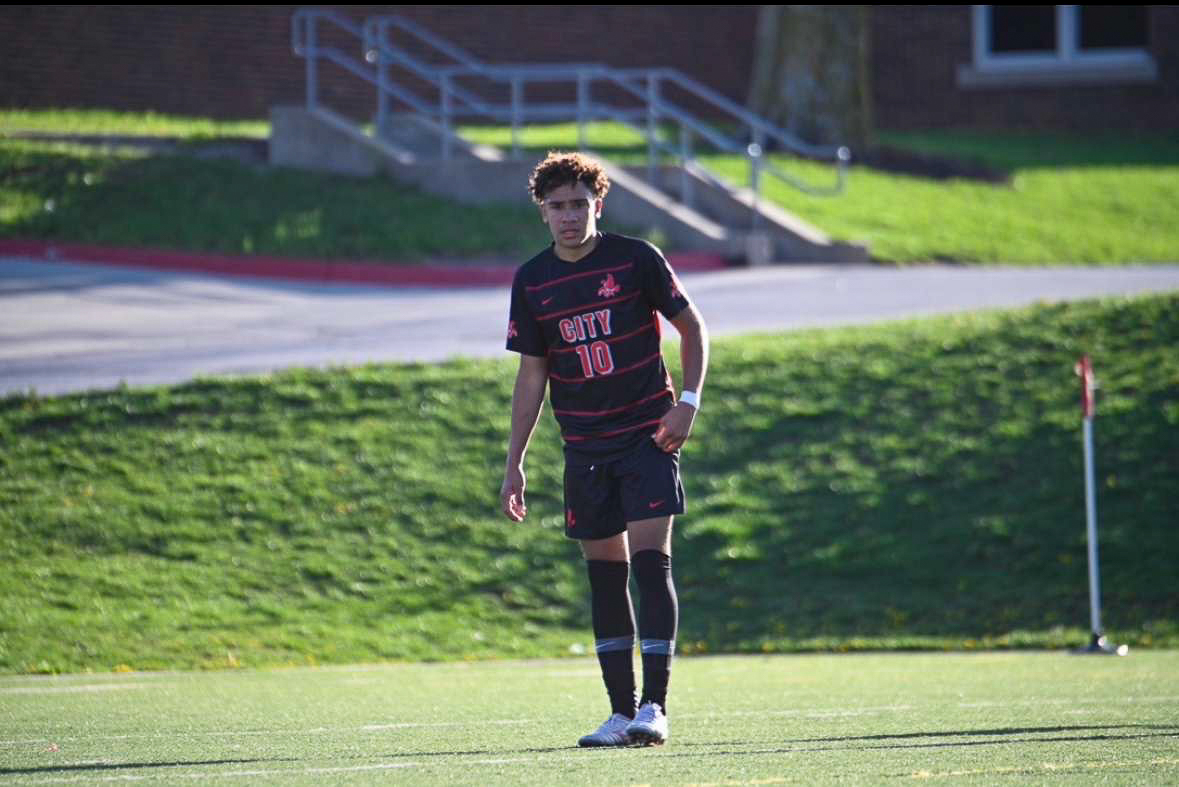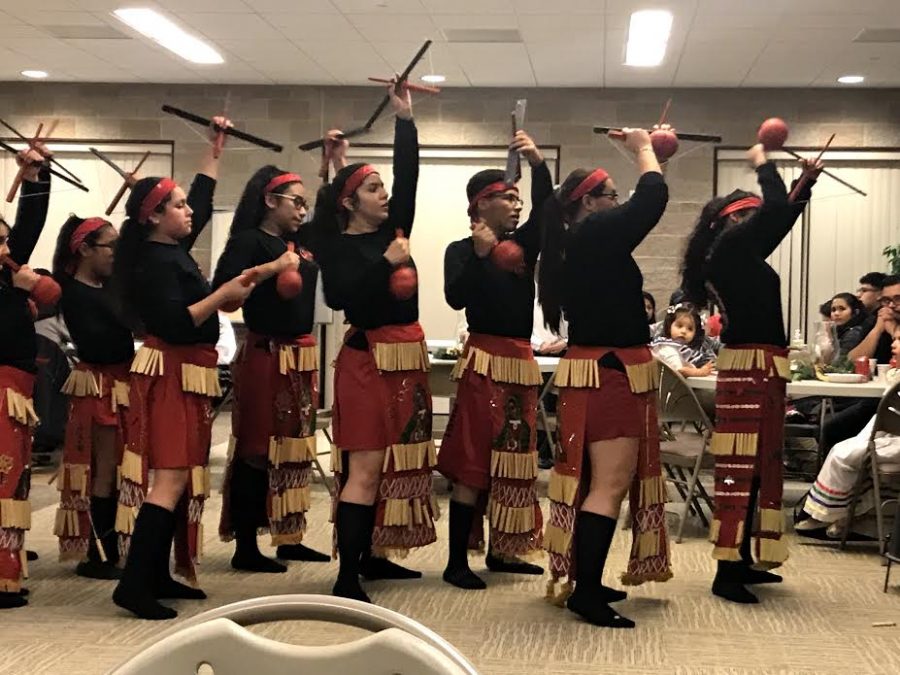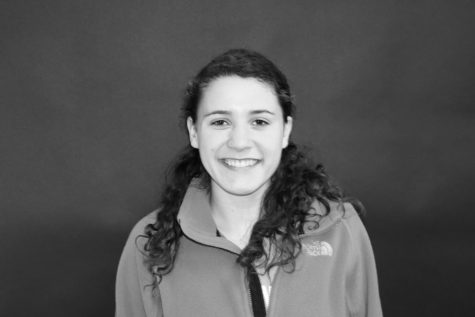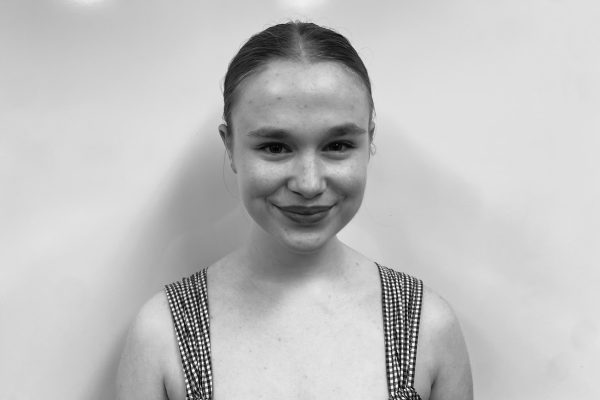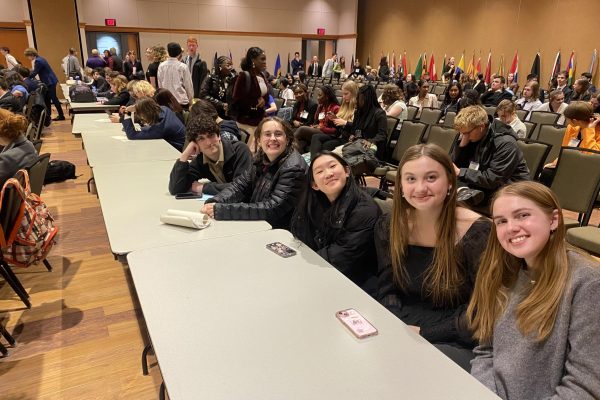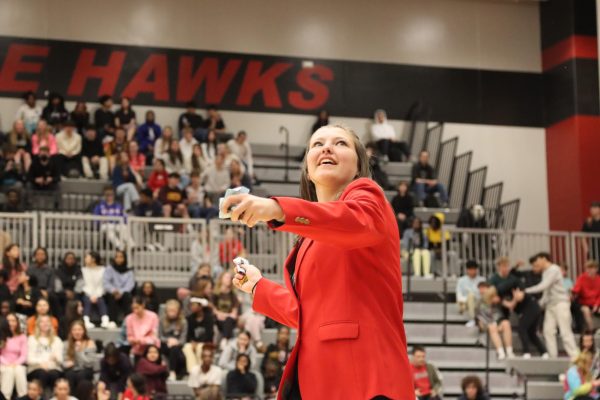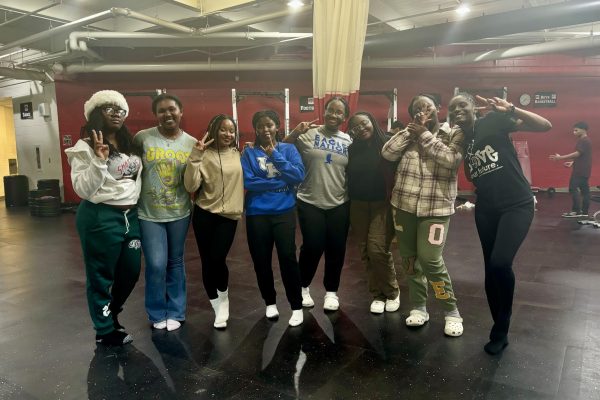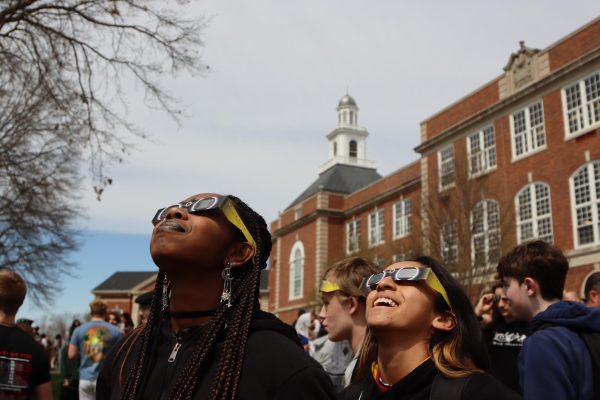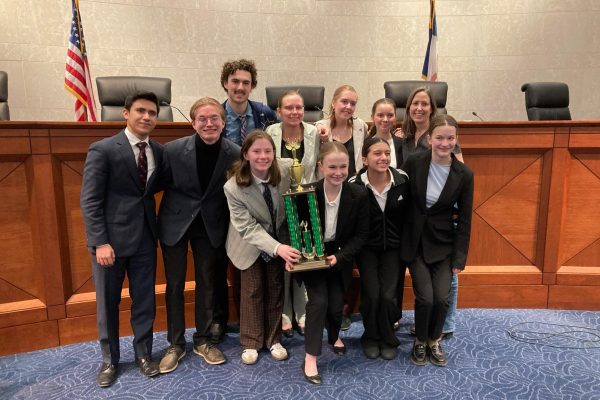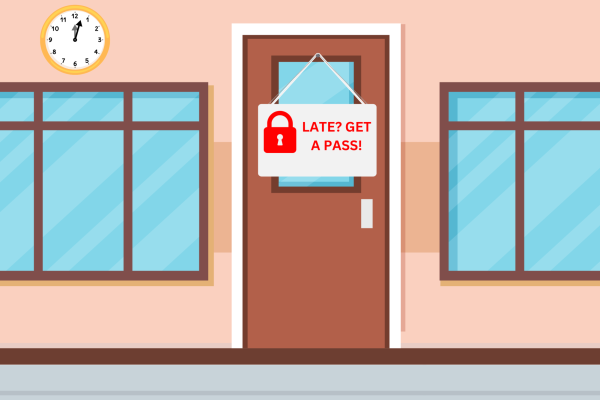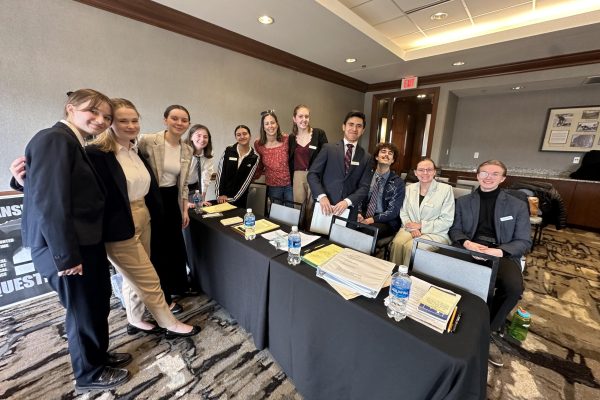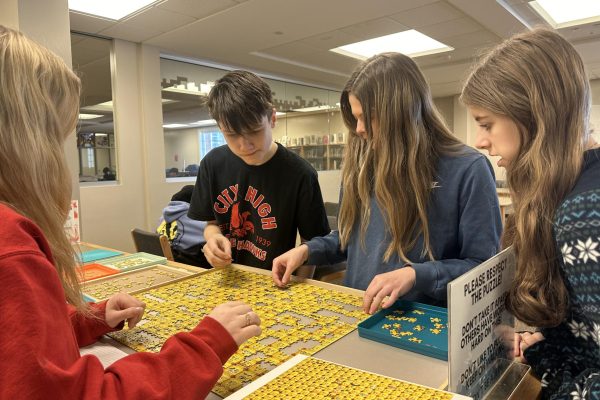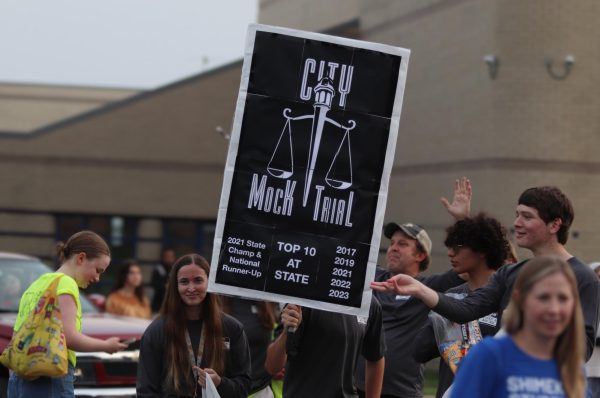Dance Music to be Diversified At Winter Formal
December 13, 2017
City High is incredibly diverse, with first-generation Americans, and even students who take ESL classes (English as a second language). Many of these students come from cultures where music and dance are an important part of their identity, yet the majority of these students do not attend school dances, due to the music that is played. Many of these students have approached Student Senate asking that they include music in other languages into the playlist. They made a plan to ensure students have the opportunity to request songs so that the music will satisfy the tastes of more than just one group of students.
“We have people from different nationalities and cultures in our school, but the music we play is all American, and the majority of singers are white or Black Americans that only certain groups of students listen to.” Carlos Nuñez ‘18 said.
As someone who is a part of two Mexican dance groups, music from Latin America is an important part of Carlos’s identity, and he wishes his culture were represented more in school dances. Rehema Jack ‘18, from Tanzania, feels the same.
“When I’m at school dances I wish they would play African music, or just any type of music other than the kind that’s typically played,” said Jack ‘18. “I get bored and I’m not really into all of the American music.” Similar to how Nuñez dances traditional Mexican dances, Jack is also a part of a dance group outside of school, one that dances to traditional African music using traditional dances, a big part of who she is and a feature she wishes would transfer into her school life as well.
Ava Otoadese is a senior who’s father is from Nigeria, and she identifies with both American and Nigerian culture. In her opinion, schools do not do enough to include the entire population of students in City High events, which are generally geared towards white, American students, which can be seen with the setup of school dances.
“Schools have some sort of obligation to ensure students’ feel welcome and represented, and can do so by incorporating different cultures and identities into school activities, such as school dances.” Otoadese says. Ava believes that even though there may be students who will be annoyed because they can’t understand or recognize the foreign music, ultimately the outcome will be positive and a step towards increasing the amount of students that attend school dances.
“It creates a more welcoming and inclusive environment for students who may have felt excluded from past dances because their music of preference wasn’t represented. I think it will attract students who weren’t going to past dances, and as a result, more people might attend,” Otoadese added.
“Playing music from around the world gives us examples and insights on different cultures, and grants students the opportunity to enjoy other people’s music and culture,” agreed Nuñez. Even with the great diversity within City High, many students do not intermingle and learn about each other’s cultures. Since music in other languages is not typically played on the radio, except for the sporadic top hits by Enrique Iglesias and Mi Gente, students who grow up in the United States are often times not exposed to music from other countries, or taught the history and significance of that music. By playing music from other places in a setting where students are willing to listen and dance to the music, Nuñez believes students may become more willing to learn about different cultures, and therefore communicate and befriend students who pertain to those cultures as well.
This year, changes have been made incorporating foreign music into the school dance playlist. Instead of hiring a DJ from outside the school, the Senate decided that City High could save money and be in charge of the music played by granting students the ability to request music. Each person is allowed to request two songs when they purchase their ticket for the dance, and then the dance committee within Student Senate will listen to the songs to approve of them. A playlist will be created, ensuring a more accurate representation of the student body and the various cultures, ethnicities, and music tastes within the school.
“I think the playlist idea is good because it guarantees greater equality at school dances,” Jack comments. “More students will be able to enjoy the dance and feel a part of this school and its community.”






